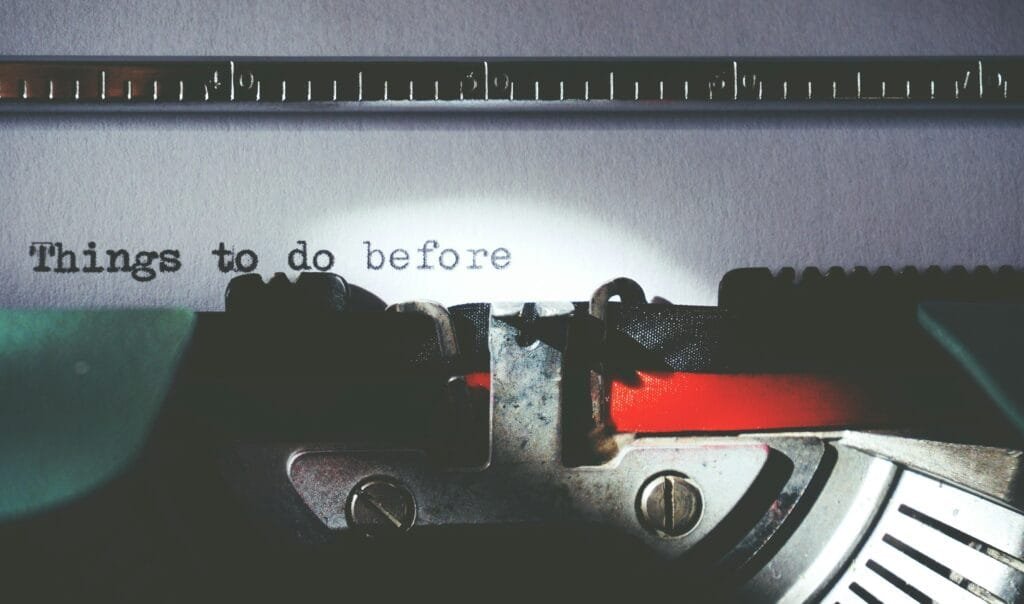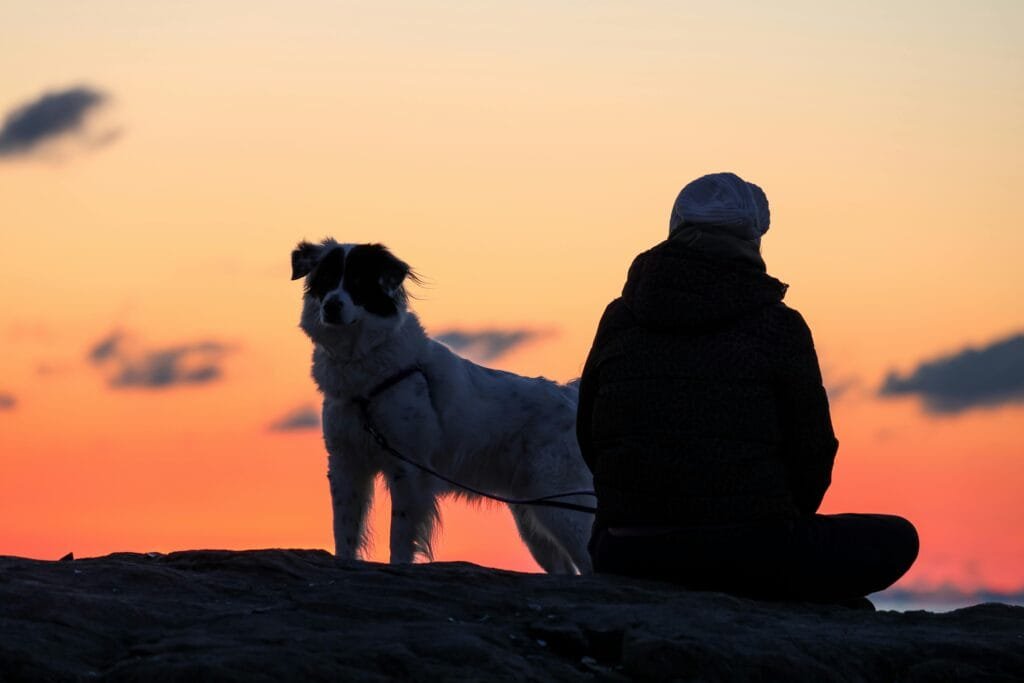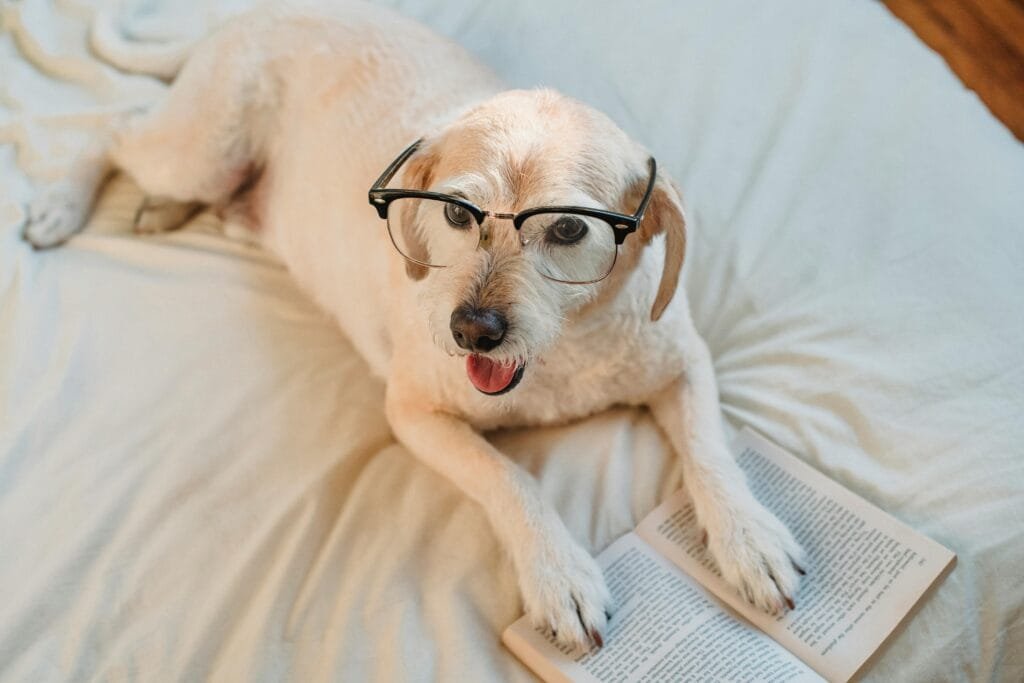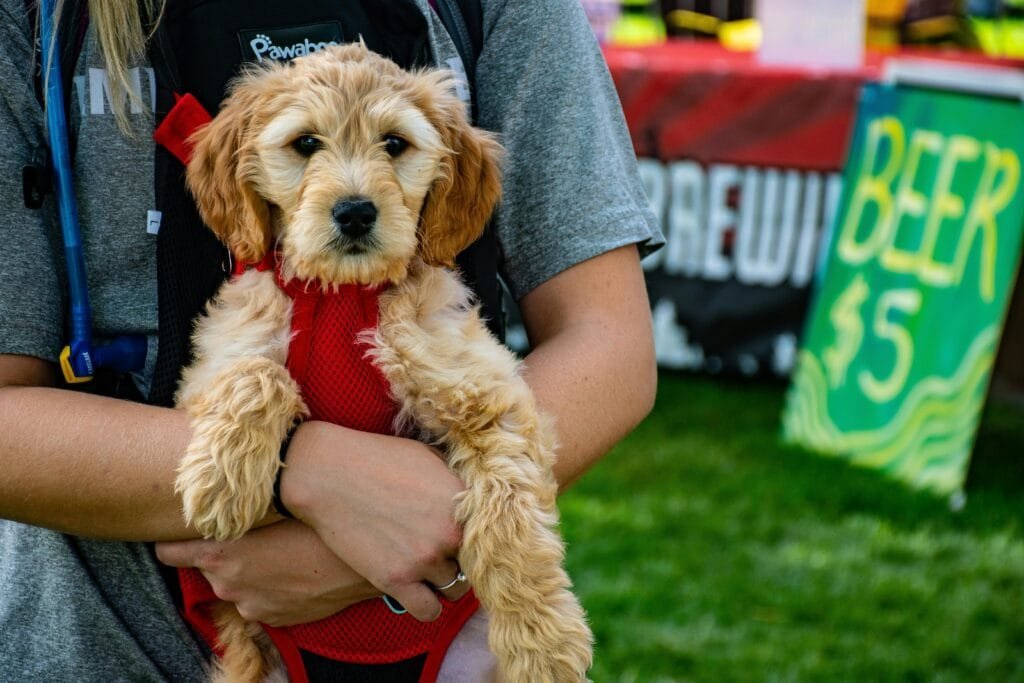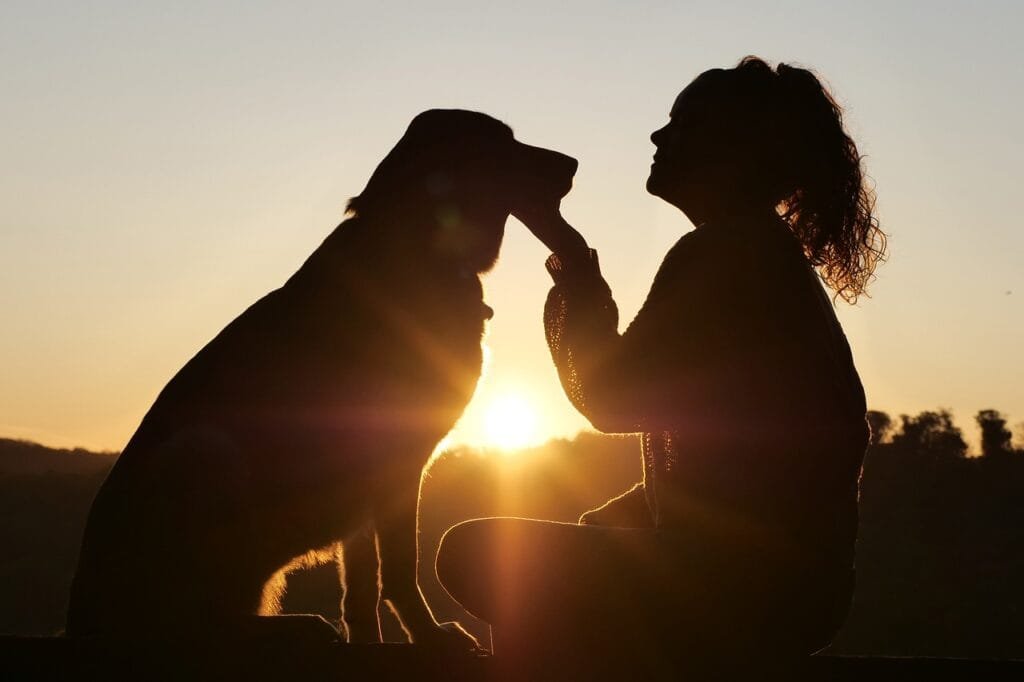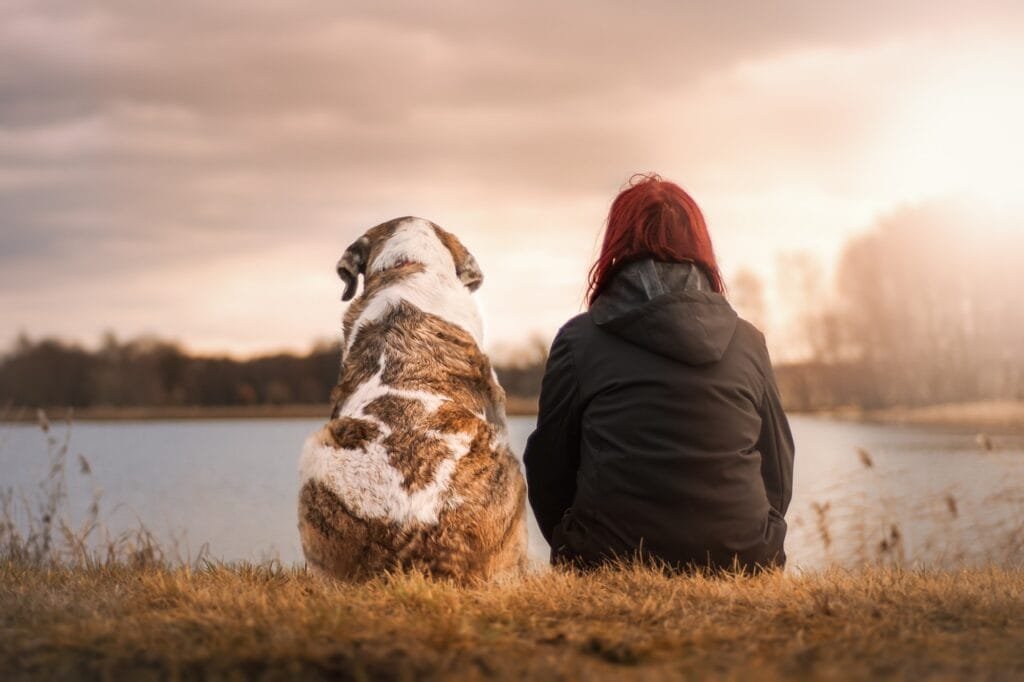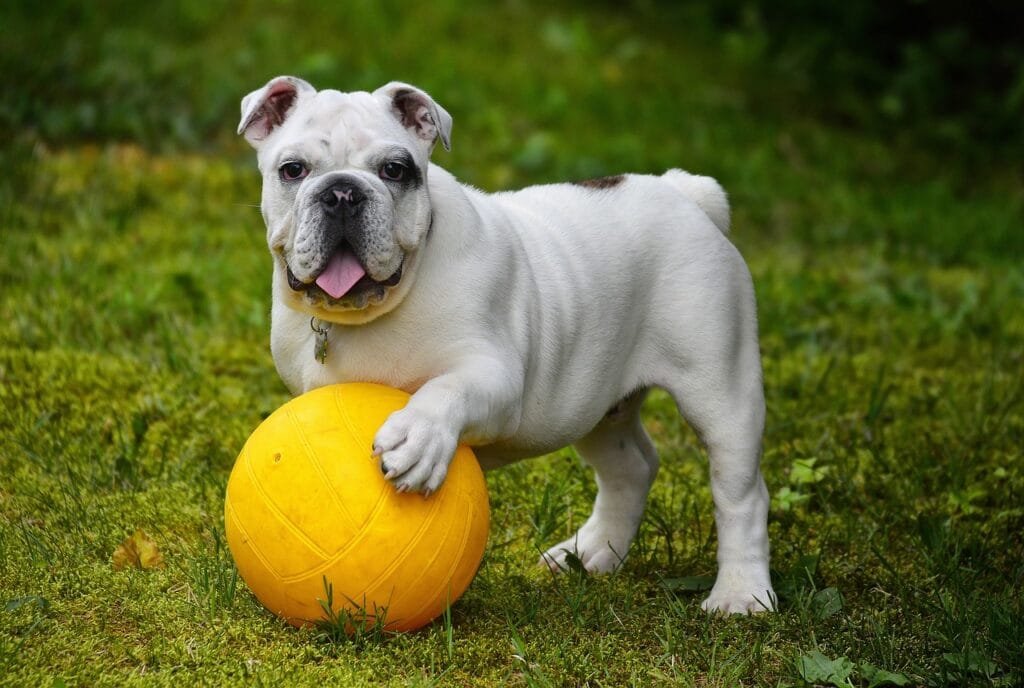How to prepare for bringing a puppy home: Setting up a calm, safe space
Bringing a puppy home is exciting, chaotic, and honestly, a little emotional. And the more prepared you are before bringing a puppy home, the smoother things go.
Whether it’s your first dog or your fifth, those early days can be a whirlwind. While Instagram makes it look effortless, the reality is often early wakeups, lots of laundry, and questions like “Why is there a sock in the water bowl?”
A little prep can go a long way. Setting up your home before your puppy arrives helps prevent accidents, ease transitions, and give your new dog the calm start they deserve.
Quick takeaways
- Set up a calm, defined space before your puppy arrives
- Puppy-proof everything (yes, even that one spot you think is safe)
- Stock up on basic supplies, not just cute ones
- Build simple routines for naps, potty breaks, and downtime
- Start training from day one with small, positive moments
Start with a calm, safe space
Before bringing a puppy home, create a designated area just for them. This can be a puppy pen, a gated-off part of a room, or a crate-and-exercise-pen combo. The space should be simple, contained, and easy to clean.
In this zone, include:
- A crate just large enough for them to stand up, turn around, and lie down
- A water bowl
- A toilet area (if you’re using one indoors)
- A few safe chew toys
This setup helps your puppy explore safely without access to your entire house. It also builds routine and predictability from day one.
Puppies need 18 to 20 hours of sleep a day. Keep their area quiet, use white noise or soft music if needed, and cover part of the crate to create a cosy den-like space.
Puppy-proof your environment
Your puppy’s full-time job is to explore, and they’ll use their mouth, paws, and nose to do it. So before bringing a puppy home, take a few minutes to look around like you’re one of them. Literally. Get down on the floor and scan for trouble.
Look out for:
- Electrical cords and power strips
- Open garbage bins or compost
- Shoes, laundry, or small objects at ground level
- Cleaning products or toxic plants
- Rugs or textiles you don’t want chewed or soiled
Use baby gates or child-safe barriers to block off areas you don’t want your puppy exploring just yet. Put valuables up high. Tape cords to the wall. The more you do now, the less you’ll be managing later with one hand while holding a leash in the other.
Stock up on the essentials (and skip the fluff)
You don’t need a full pet store to raise a puppy well. A few thoughtful items will make your life easier and your puppy’s transition smoother.
Essentials to have ready
- A crate that fits your puppy snugly
- An exercise pen or child gates to section off a safe area. This should include the crate, a toileting spot (if using), toys, and a water bowl
- A collar, leash, harness, and ID tag
- High quality food (measured for training rewards and enrichment toys)
- Puppy-safe toys and edible chews
- Enrichment toys that can be stuffed to keep your puppy engaged, like a Kong or WestPaw Toppl
- Treats for training (small and soft are best)
- Enzyme cleaner for inevitable accidents
- Grooming basics, including the right brush or comb for your dog’s coat type and nail trimmers
Start with the basics, then adapt based on your puppy’s personality. You might discover your “indestructible” toy lasts five minutes or becomes their favourite naptime buddy.
Establish simple, consistent routines
Even young puppies thrive on routine. A predictable rhythm helps your dog settle in and reduces confusion about when to play, nap, eat, or potty.
Include in your daily routine
- Frequent potty breaks, with gentle guidance to their toileting spot (especially after naps and meals)
- Quiet crate time or naps in a safe spot
- Short play and training sessions
- Gentle connection like cuddles or calm petting
Tracking potty breaks, meals, naps, and training can be helpful, especially if multiple people are helping care for your puppy. A notebook or app works fine and helps identify patterns quickly.
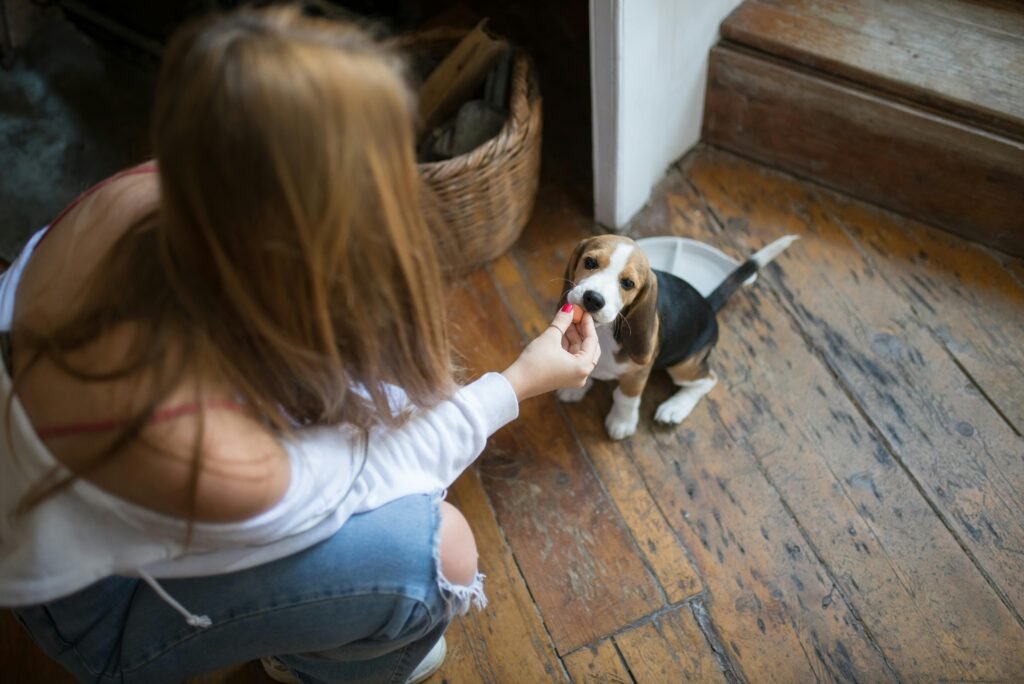
Training starts on day one
When bringing a puppy home, remember this: training starts the moment they arrive. Not because you’re drilling commands but because they’re learning from every interaction.
Mark and reward calm behaviours. Celebrate curiosity. Reinforce things like:
- Sitting to say hi
- Choosing to settle in their crate
- Making eye contact
- Walking with you on leash
Use food and praise to encourage the behaviours you want to see more of. Keep sessions short, positive, and realistic. And above all, give your puppy space to make mistakes and learn from them.
When you need support (and you will)
The early days are full of questions: “Is this normal?” “How do I get them to nap?” “Why are they so bitey at 6pm?”
You don’t have to figure it all out alone. A puppy consult gives you personalized guidance, helps prevent overwhelm, and sets you up for success right from the start.
We’ll help you understand your puppy’s needs, build healthy habits, and avoid common pitfalls. Together, we’ll create a plan that supports both of you.
Key takeaways
- Prep your home before bringing a puppy home
- Create a safe, contained space with a crate and basic supplies
- Puppy-proof your space from the ground up
- Use simple routines to build comfort and predictability
- Training starts with connection, not commands
- Ask for support early — it can make a big difference
Feeling overwhelmed? We’ve got you.
You don’t have to be perfect to be prepared. If you’re bringing a puppy home this season, we’re here to help. Reach out with questions, book a consult, or tag us @trainwithbelleandbark. We’d love to see your puppy’s setup.

